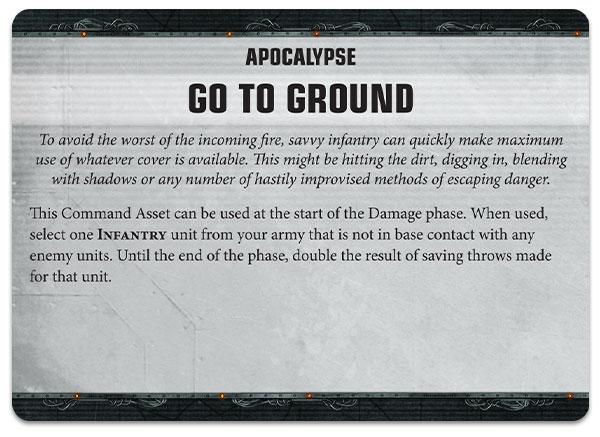Or you could remove the color-changing theme entirely and just focus on beatdown creatures and bounce spells. The Invasion set's Kavu Climber and Kavu Titan are both excellent candidates for a 'stomp and bounce' deck. Replay the Climber to draw another card, or play the Titan as a 2/2, then play Repulse on it and replay it as a 5/5.
Sep 06, 2012 'Apocalypse on the Set' was recommended on a movie blog that I frequent, and I'm glad to say that it fits right into the best of the aforementioned categories. Ben Taylor uncovers the disastrous and chaotic genesis of nine movies, ranging from easy targets like 'Heaven's Gate' to more obscure flicks such as 'Pulgasari.' Gatherer is the Magic Card Database. Search for the perfect addition to your deck. Browse through cards from Magic's entire history. See cards from the most recent sets and discover what players just like you are saying about them.
| Released | September 2000 | |||
|---|---|---|---|---|
| Size | 350 cards (110 commons, 110 uncommons, 110 rares, 20 basic lands) | |||
| Keywords | Kicker | |||
| Mechanics | Multicolored Cards, Split cards | |||
| Development code | Beijing | |||
| Expansion code | INV | |||
| First set in the Invasion block | ||||
| ||||
| ||||
| ||||
Apocalypse Dmg Step Replay Rulings Download
| Released | February 2001 | |||
|---|---|---|---|---|
| Size | 143 cards (55 commons, 44 uncommons, 44 rares) | |||
| Keywords | Kicker | |||
| Mechanics | Multicolored Cards, Domain, Gating | |||
| Development code | Hong Kong | |||
| Expansion code | PLS | |||
| Second set in the Invasion block | ||||
| ||||
| ||||
| ||||
| Released | June 2001 | |||
|---|---|---|---|---|
| Size | 143 cards (55 commons, 44 uncommons, 44 rares) | |||
| Keywords | N/A | |||
| Mechanics | Multicolored cards | |||
| Development code | Shanghai | |||
| Expansion code | APC | |||
| Third set in the Invasion block | ||||
| ||||
| ||||
| ||||
Invasion is a Magic: The Gathering block that consists of the expert-level expansion sets Invasion (September 2000), Planeshift (February 2001) and Apocalypse (June 2001). The Invasion block centered on multicolored cards.[1][2][3]
Storyline[edit]
Invasion[edit]

The time has come. Urza the Planeswalker must now help Gerrard Capashen and the crew of Weatherlight to repel the invading Phyrexians from Dominaria. However, it will not be easy, as Yawgmoth will stop at nothing to get what he wants.
Apocalypse[edit]
Following Gerrard and the Weatherlight's victory at Koilos and the death of Hanna, Yawgmoth unleashes the Apocalypse on Dominaria by coming to the world himself, and raising the dead from the earth. As this was after a war that lasted a few years, there were many, many dead.
Set history[edit]
Invasion saw the return of multi-colored 'gold' cards, absent since the Stronghold expansion. Its major themes revolved around multicolor decks and strategies. The popularity and appeal of 'gold' cards along with high but balanced power level culminated into making Invasion one of the most popular Magic sets in the game's history.[citation needed] The set was designed by Bill Rose, Mike Elliot and Mark Rosewater.[4] The multi-color nature of the set had been decided by late in 1998, with the design relying heavily on an early draft set design by original playtester Barry Reich.[5] Invasion was the first set to be released digitally on Magic Online.
Planeshift continued Invasion's theme of multi-colored 'gold' cards. Its major themes revolved around multicolor decks and strategies.
Mechanics[edit]
The sets in the Invasion block focus on multicolored cards. Invasion and Planeshift focus on allied-colored cards, while Apocalypse focus on enemy-colored cards.
Invasion introduced several new mechanics. One of these was kicker, an optional cost in addition to the card's casting cost. Paying this additional cost would activate an additional ability or effect on the card. Invasion had a number of cards that have an effect based on the number of basic land types the casting player controlled, which was given the name 'Domain' in Conflux. Invasion was also the first set with split cards: literally two cards printed on one, Split cards had two different effects for different costs. As they were played, their controller chose which half to use. They were almost killed in development as almost all of Wizard's R&D disliked them.[6]
Planeshift introduced the gating mechanic. Creatures with gating cost less to play, but their controller must return a creature he or she controls to its owner's hand. It also had a cycle of 'familiar' creatures that reduced the cost of allied-colored spells.
Apocalypse reprised many cycles found in Invasion, including enemy-colored 'Bears' and 'split cards.' Apocalypse's single most important cycle of cards were the enemy-colored 'painlands,' which promoted the set's theme, power level, and popularity.
Notable cards[edit]
Notable cards in Apocalypse include Fire // Ice, Goblin Ringleader, Pernicious Deed, Spiritmonger and Vindicate
References[edit]
- ^Miller, John Jackson (2001), Scrye Collectible Card Game Checklist & Price Guide, p. 520.
- ^Moursund, Beth (2002), The Complete Encyclopedia of Magic The Gathering, p. 720.
- ^Searle, Michael (August 2003), InQuest Gamer, p. 126.
- ^Body Snatchers of the Invasion, Mark Rosewater, http://www.wizards.com/magic/magazine/Article.aspx?x=mtgcom/daily/mr188
- ^Setting the Standard, Bill Rose, http://www.wizards.com/Magic/Magazine/Article.aspx?x=mtgcom/feature/278
- ^Mark Rosewater, Split Decisions http://www.wizards.com/Magic/Magazine/Article.aspx?x=mtgcom/daily/mr7